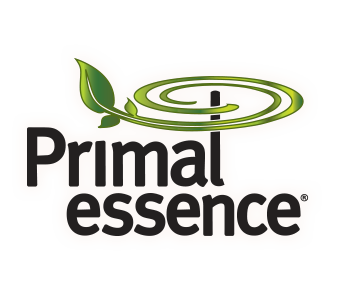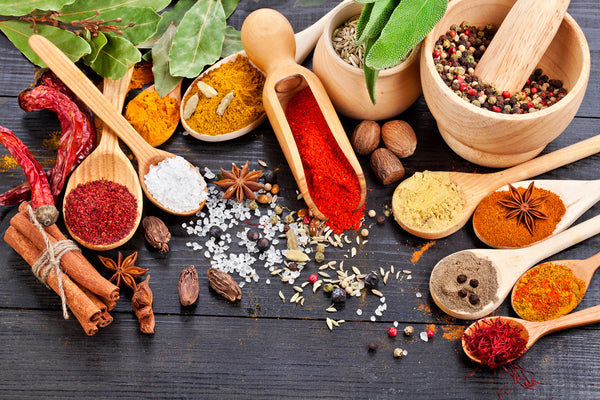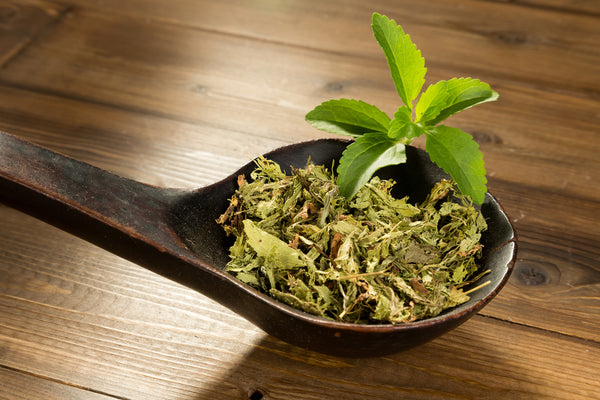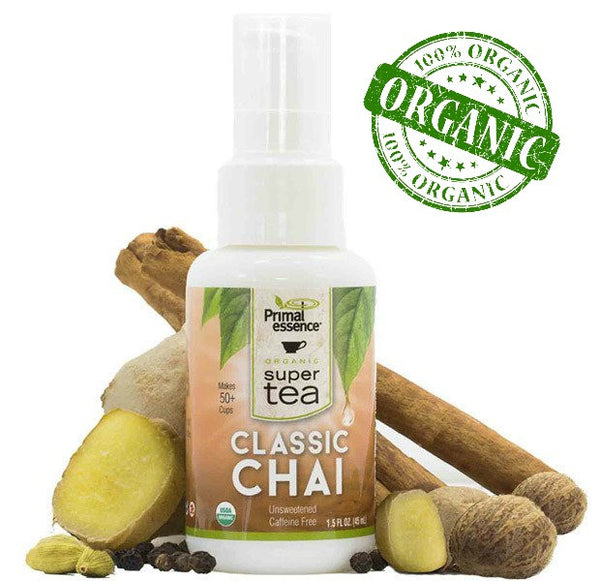What is Bioavailability?

The body doesn’t absorb all the yummy food you eat. This doesn’t mean you’re not getting adequate nutrition – what you absorb depends on many factors including your health, age, gender, life stage (e.g. pregnancy), as well as the composition of your food and the chemical form of its nutrients.
The rate of nutrient absorption is referred to as bioavailability – in other words, it’s the fraction of nutrients absorbed from food and used to promote healthy body functions, such as sight, blood circulation, and mood.
While 90 percent of macronutrients (carbohydrates, proteins, and fats) eaten are generally absorbed, the bioavailability of micronutrients (vitamins, minerals, and phytochemicals) varies.
Let’s take a closer look at some of the factors that influence the absorption of these diverse micronutrients.
Food preparation
Food preparation techniques, such as pureeing, fermentation, cooking, and CO2 extraction, help “loosen” micronutrients from food. Basically, you’re breaking strong chemical bonds to make essential nutrients readily absorbable. For instance, cooking carrots and spinach breaks down fiber, which humans cannot digest, freeing up a larger portion of carotenoids.
A popular myth is that corn is indigestible and provides no nutritional value whatsoever. On the contrary, along with fiber, corn provides folate, thiamin, phosphorous, vitamin C, and magnesium. Preparing corn with lime juice further increases the nutritional value by releasing even more vitamins and minerals.
Digestion
What you eat goes through a long breakdown process that includes mechanical and chemical digestion: first, food is broken down by chewing and the action of enzymes in saliva forming a wad called a bolus that is further broken down in the stomach by gastric juice and stomach enzymes. Then, this slurry (mmm-mm, yummy) travels to the small intestine (most nutrients are absorbed here) where pancreatic juices further aid digestion. Nutrient absorption will vary depending on the efficiency of each of these steps.
Different chemical forms of vitamins and minerals
Many nutrients take various forms – each form or chemical composition is absorbed by the body in different ways and at different rates. For example, there are two types of iron, haem and non-haem iron. Haem iron is found only in meat, poultry, and fish, while non-haem is found in both animal and plant foods. The haem component of iron serves as a protective barrier, preventing interactions with other foods and chemicals and keeping the mineral soluble, or readily absorbable. Non-haem iron lacks this protective barrier, making it poorly soluble.
Food interactions in the gut
Foods interact with each other in the gut in different ways. Some edible pairings promote or increase absorption of nutrients, while others block micronutrient uptake.
An example of a beneficial nutrient pairing is iron and vitamin C. Dark leafy greens are a great source of iron. Preparing a salad, for instance, with spinach and strawberries, which provide 70 percent of the recommended daily value for vitamin C, can increase your uptake of iron.
Unfortunately, some vitamins and minerals interact poorly with one another. For example, calcium blocks non-haem iron absorption. So, you wouldn’t want to take a calcium and iron supplement at the same time of day.
Illness and disease
There are many conditions that negatively affect your body’s ability to absorb nutrients. Consider Crohn’s disease, an autoimmune condition that causes inflammation of the digestive tract. This inflammation can damage the lining of the intestines, preventing the sufferer from absorbing the necessary amounts of nutrients. Even if they eat a healthy diet, Crohn’s can still lead to malnourishment.
Getting all the necessary nutrients isn’t really all that complicated. The best way to stay healthy is to eat a diverse diet rich in colorful plant-based foods and low in overly-processed, sugar-laden products. If you’re looking to add some natural richness to your diet, check out Primal Essence Instant Organic Herbal Super Teas! Our organic, environmentally-friendly water-soluble CO2 extracts make the phyto-nutrients in our herbs and spices highly bio-available.
Leave a comment
Comments will be approved before showing up.



